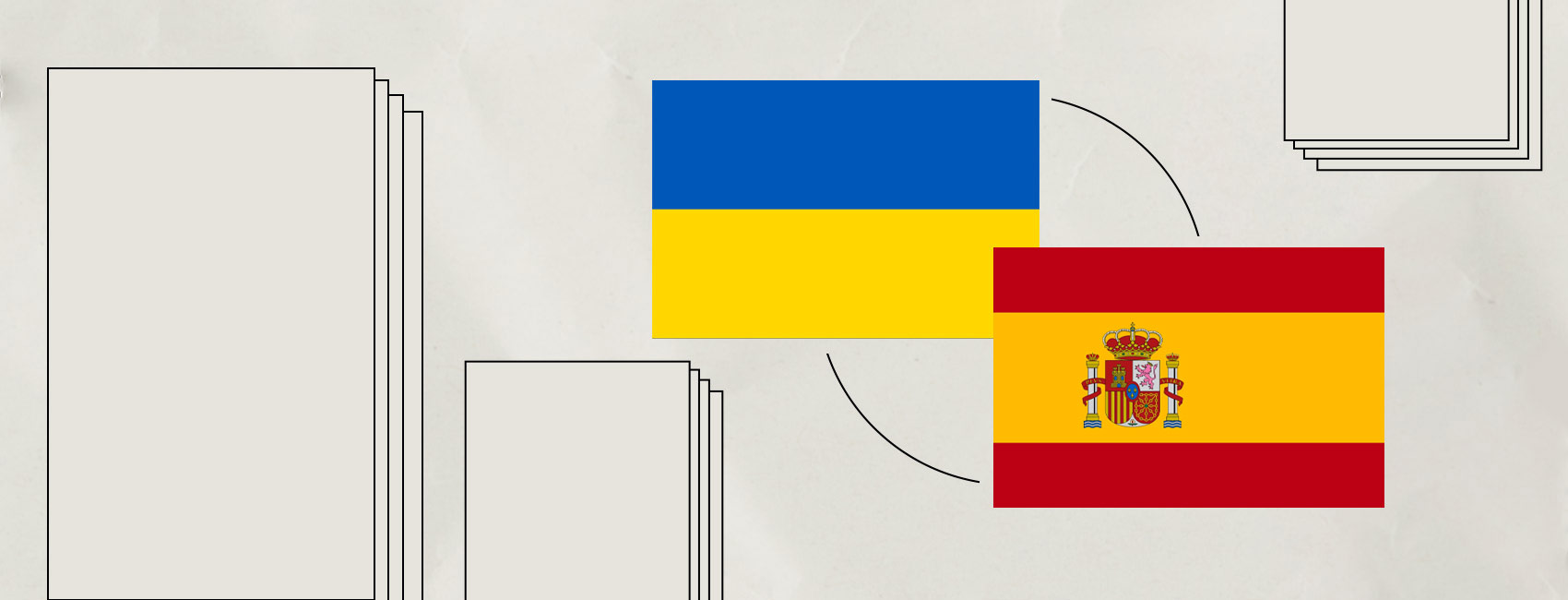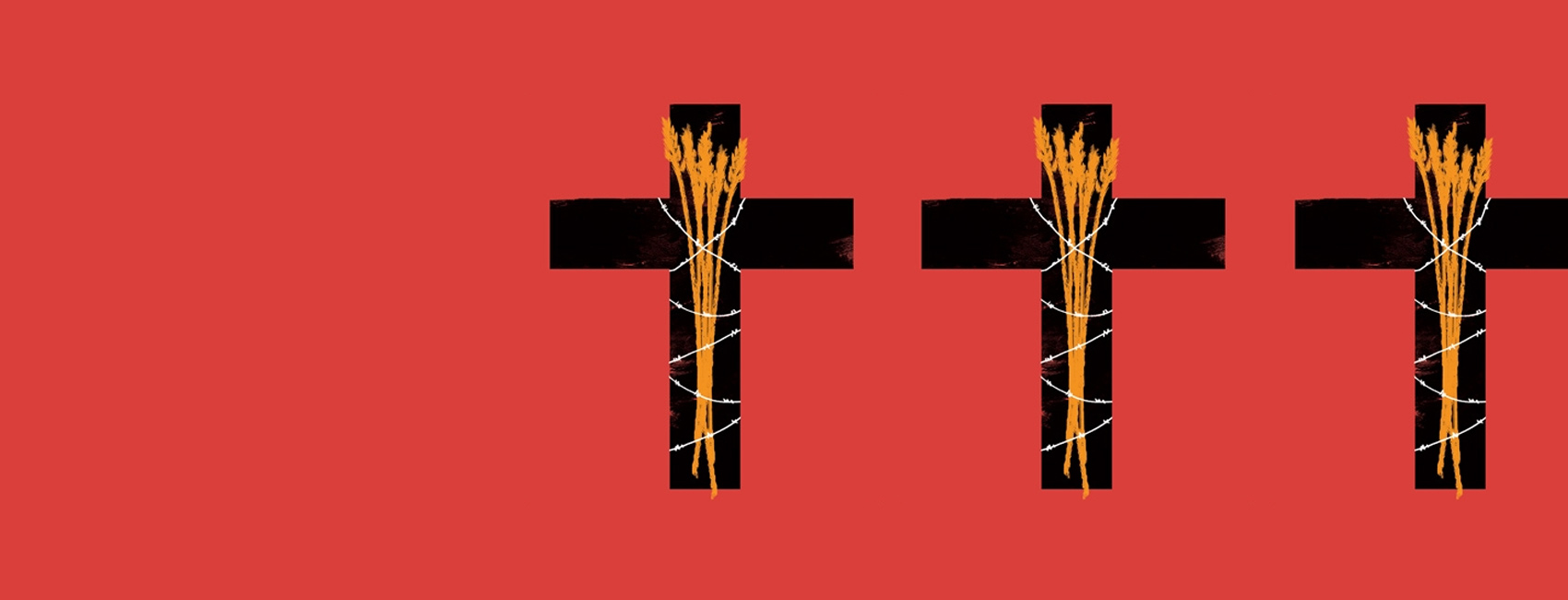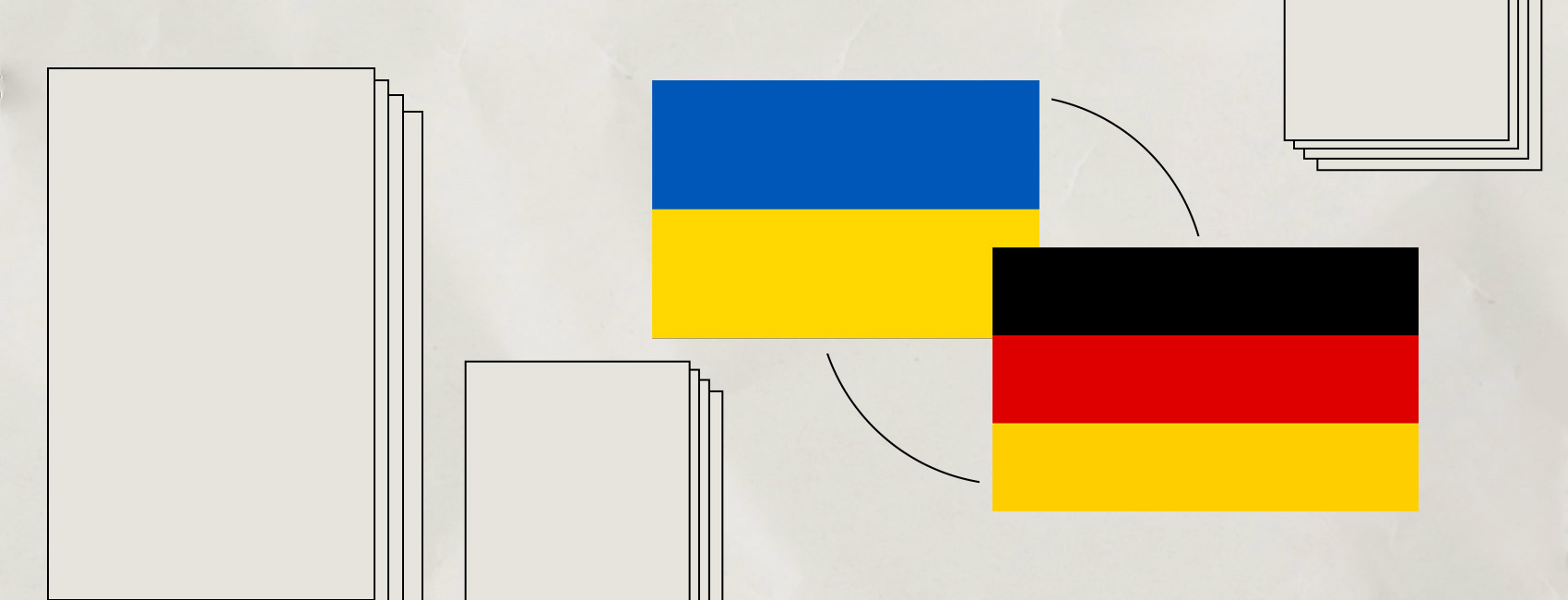* ESC - close the search window
art publications
From Transcarpathian paintings to Kharkiv facades: Five new art publications
22.11.2024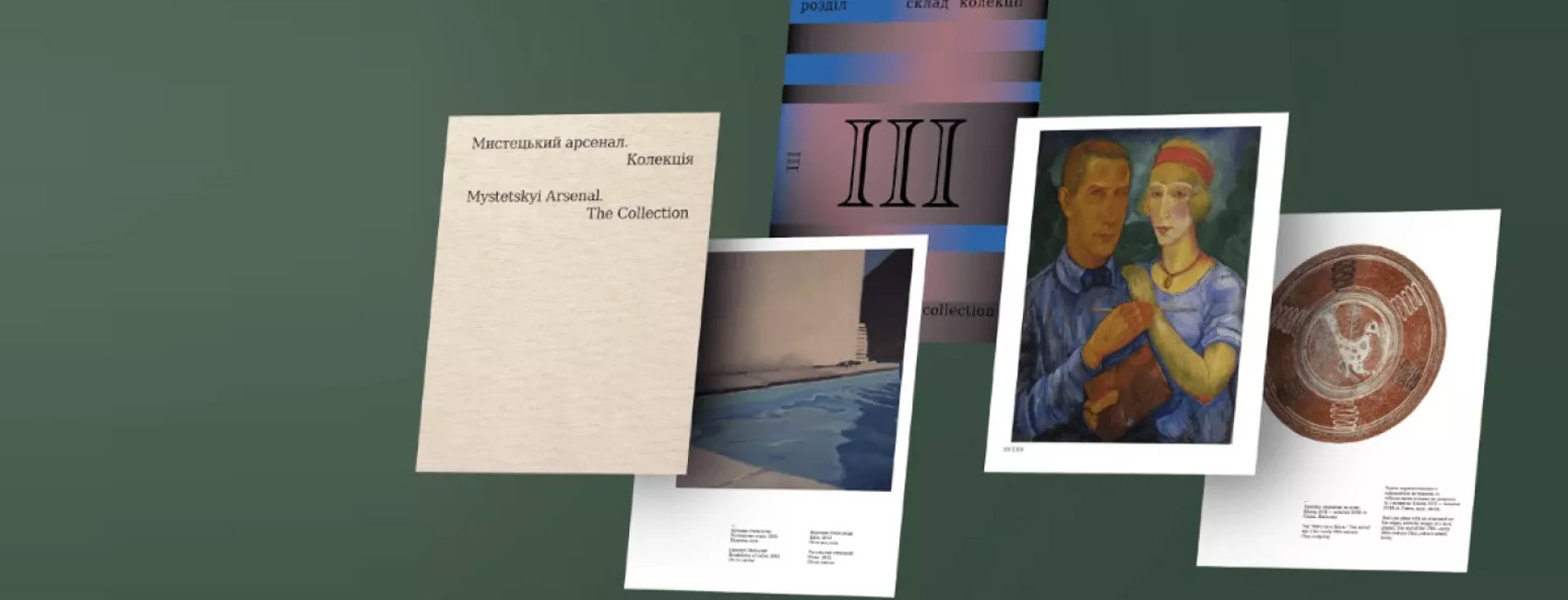
New Ukrainian art publications provide a look at manifestations of Ukrainian artistic culture, highlighting its versatility and endurance. Books about the Transcarpathian School of Painting, the history of theatrical costumes, Kharkiv architecture, and the development of Ukrainian design take us to worlds where artistic traditions and contemporary trends intertwine and form a new cultural horizon of Ukraine, which retains its unique voice and style.
Transcarpathian School of Painting
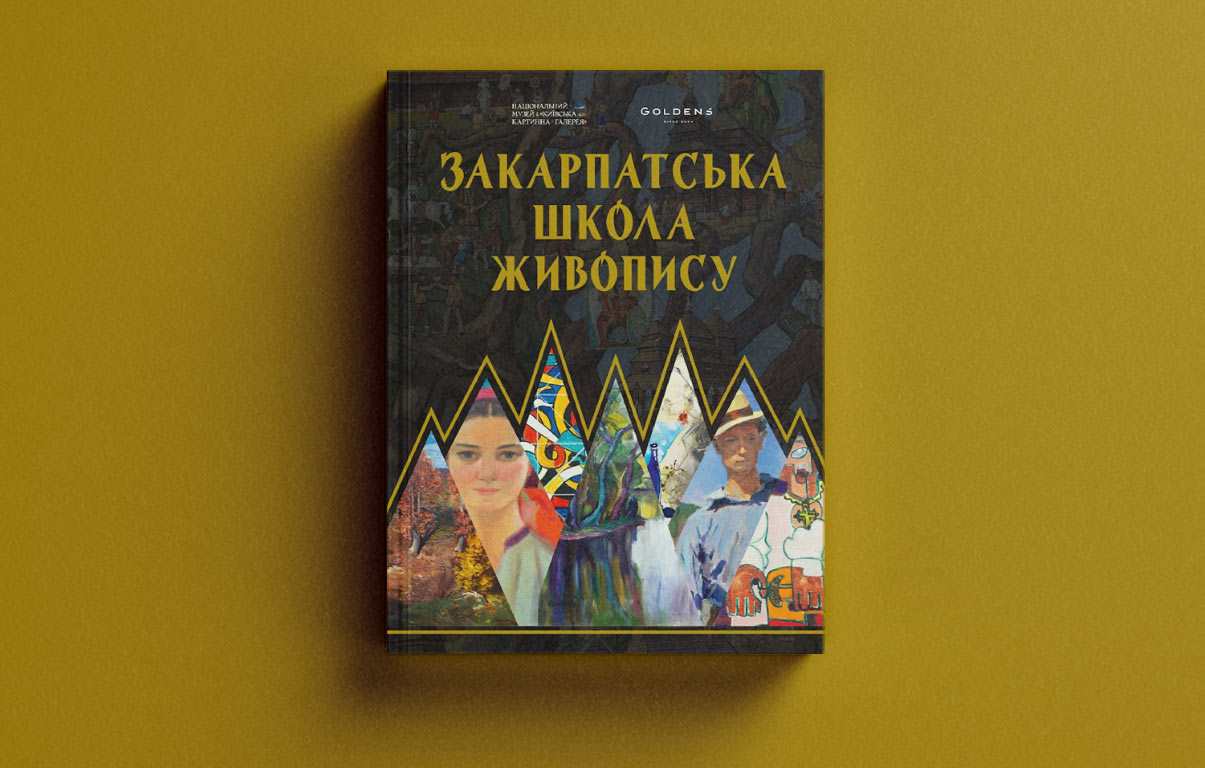
2024. Transcarpathian School of Painting. Kyiv National Art Gallery Museum
The exhibition “Transcarpathian School of Painting,” held in summer at the Kyiv National Art Gallery Museum, showcased more than 100 works that belonged to private collections, auction houses, and various artists. The exhibition was accompanied by a catalog featuring all the key exhibits: starting with the early works by Ukrainian painter Adalbert Erdeli and Ukrainian painter and teacher Yosyp Bokshai – founders of the school – and concluding with contemporary works that embody its aesthetic heritage.
The Transcarpathian School of Painting inspired unique styles in Ukrainian art that emerged during the first half of the 20th century and gained recognition for combining local color and Western European artistic traditions.
Founders Erdeli and Bokshai had studied at European art academies and fostered an artistic environment that gave rise to an entire artistic tradition. The school is known for its tendency to use bright color accents that reflect the light, rich colors of Transcarpathian nature, even in gloomy scenes. Landscape painting became the dominant genre in the works of masters Anton Kashshai and Zoltan Sholtes, as well as in the works of new generations of artists.
The publication offers opportunities to immerse oneself into the world of Transcarpathian painting, where colors seem to glow with the essence of sunlight. Even in paintings of late autumn and winter landscapes by Bokshai, a bright palette can be traced, emphasizing the colors of the region. The Transcarpathian school is distinguished by its closeness to Western European artistic trends, which harmoniously influenced its stylistic features, making the Transcarpathian painting style both distinct and universal. It showcases a variety of genres and styles, including portraits, still lifes, folklore motifs, and abstract forms.
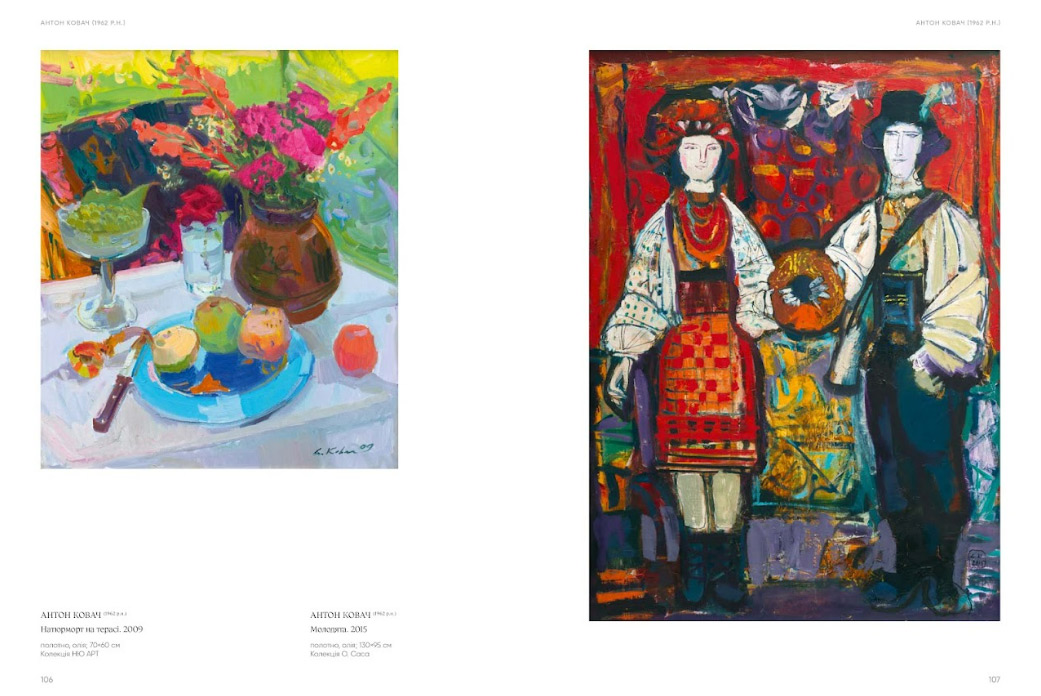
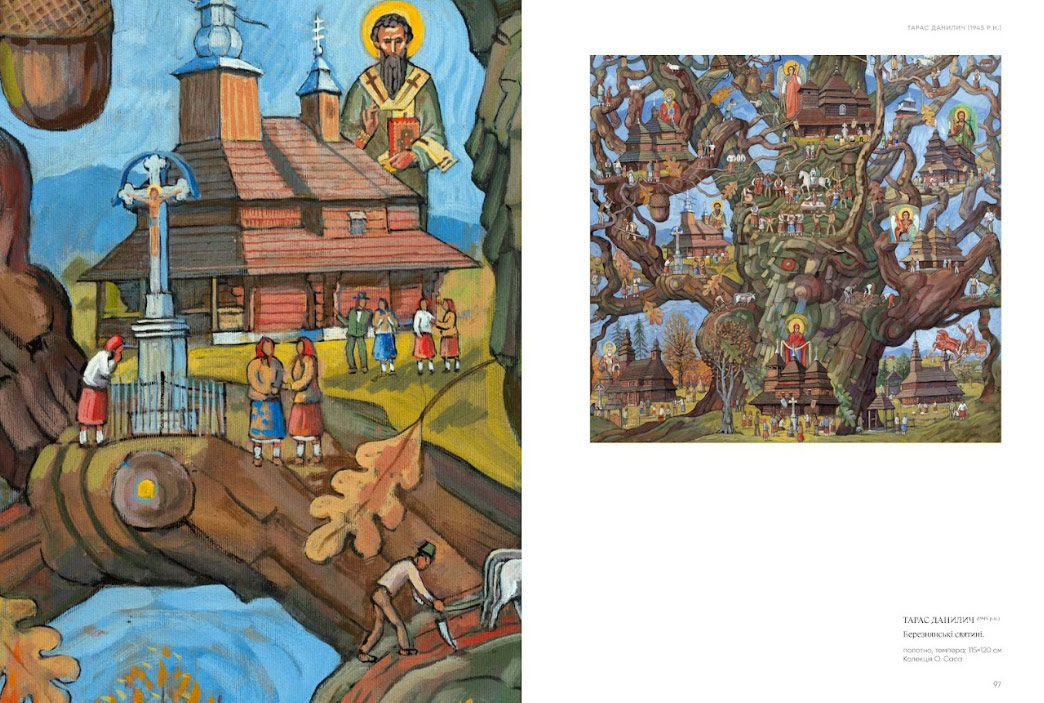
The “Transcarpathian School of Painting” album reveals the world of Transcarpathian artists with their unique style and sense of color; it reaches beyond the Soviet academic school and its dogmas. Erdeli’s landscape painting “A Road Along the River,” like many others, is associated with the work by Paul Cézanne. The painting was made with a pasty technique that applies thick, textured strokes. In works like this, one imagines the reliable Ukrainian ground that nourishes this school, giving it a deep authenticity.
Erdeli’s works, his spring landscape paintings in particular, are imbued with the lightness of the air that seem to vibrate with Carpathian church bells. In the catalog one will find both city landscapes and rural motifs, full of urban elements.
The catalog also contains portraits mostly of peasants with Hutsul details. Gabriel Gluck, Zoltan Sholtes, Fedir Manailo, and Andrii Kotska represent some of the artists who were transformed during their attendance of this school. Their art and legacies influence the nonfigurative works of such nonconformists as Yelyzaveta Kremnytska and Volodymyr Mykyta, who continue to explore and comprehend Transcarpathian themes through experiments with form and abstraction.
RELATED: On architecture, embroidery, and going back to one’s roots: Six new artbooks
Chronicle of Ukrainian Design No. 2
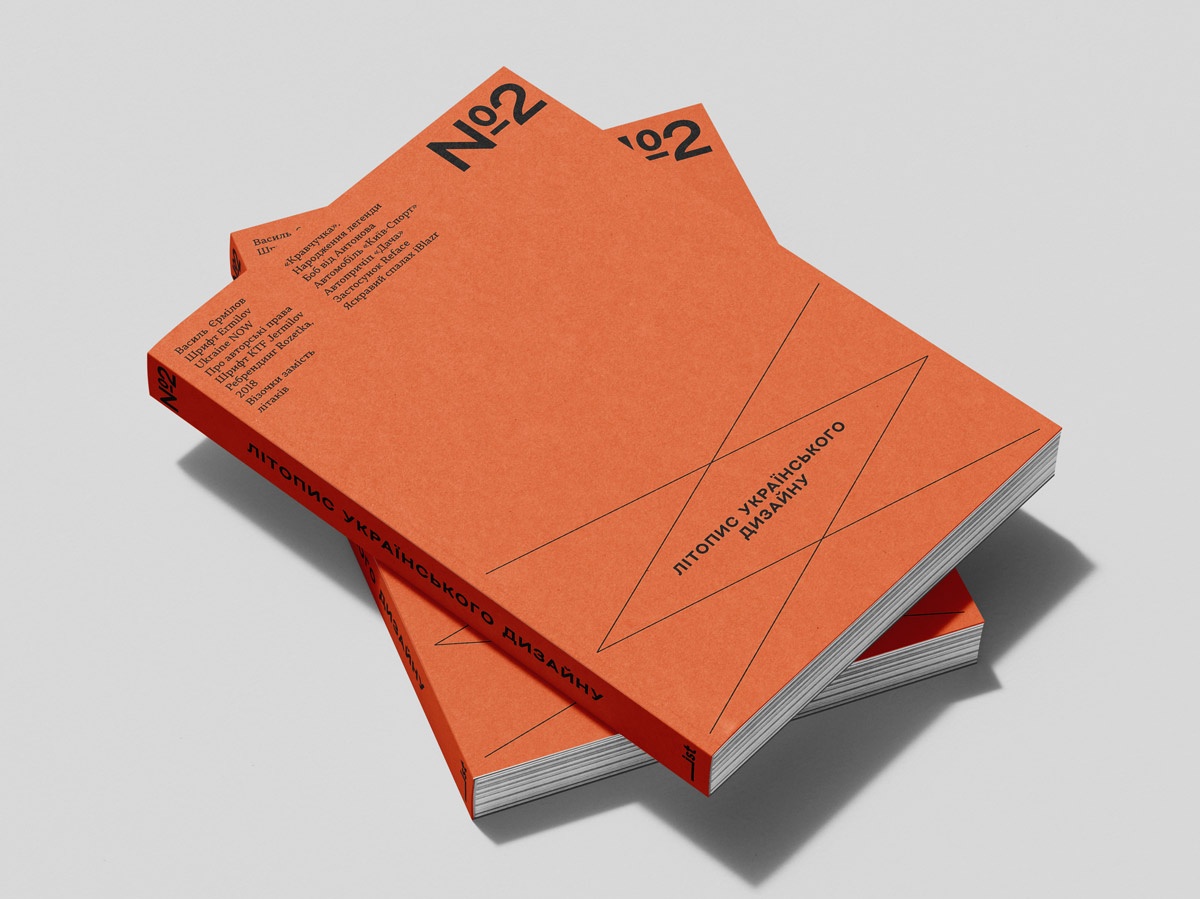 2024. Chronicle of Ukrainian Design No. 2. ist publishing
2024. Chronicle of Ukrainian Design No. 2. ist publishing
The second issue of this magazine aims at researching and documenting the history and development of Ukrainian design. It reveals the key stages that influenced the formation of Ukrainian visual identity and presents the works of contemporary designers and classics of Ukrainian graphic art. Particular attention is paid to the periods of transition, such as the 1990s, when design became an important part of the new culture of an independent Ukraine.
The first issue sold rapidly, just like Kyiv perepichka (a popular local street food), and the team plans to make 10 more issues, after which they will compile a large English-language edition.
The publication contains illustrations and examples of work, emphasizing the diversity of Ukrainian designers’ approaches. It will enrich professionals while also appealing to a wider audience interested in Ukrainian culture and art. This publication makes an important contribution to preserving and popularizing national design, highlighting its significance on a global scale.
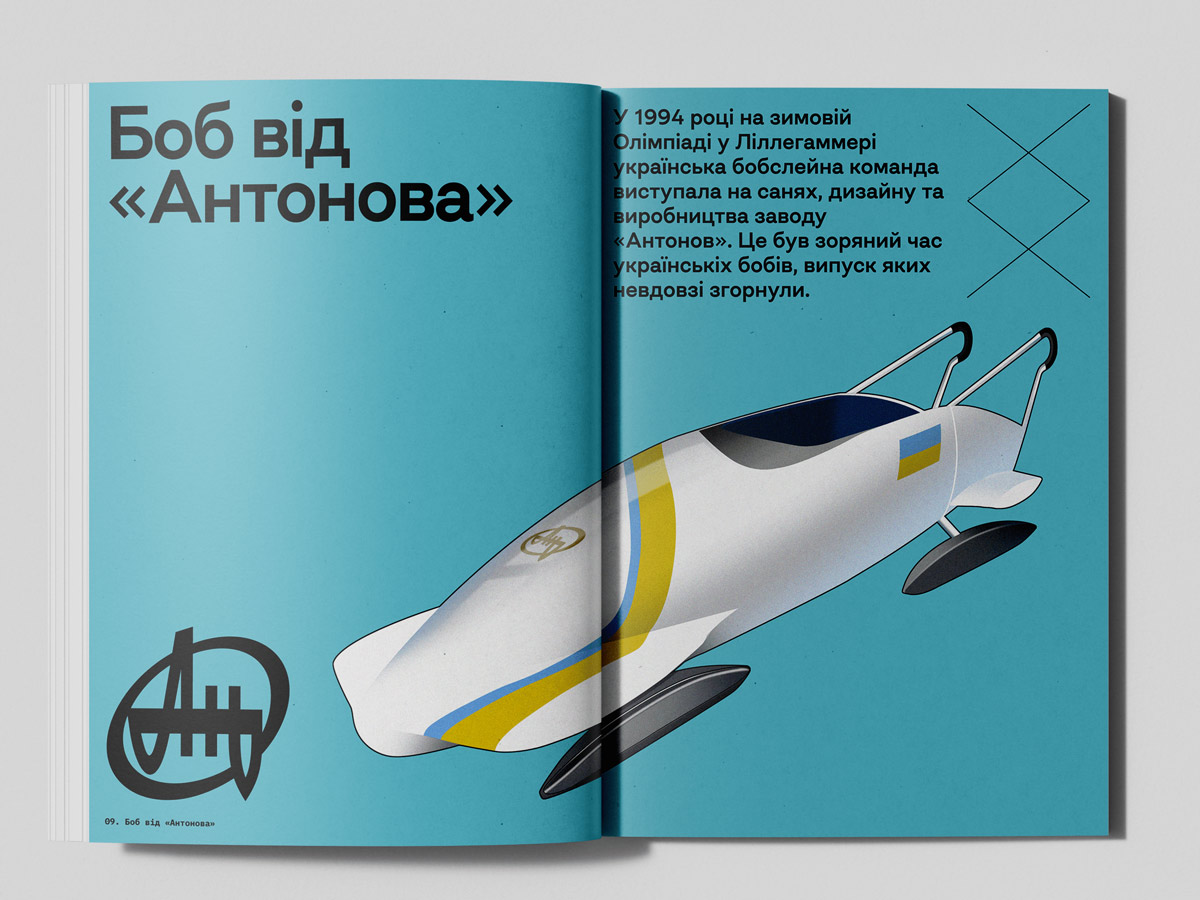
“The Chronicle of Ukrainian Design” provides a detailed chronology with examples that illustrate the development of Ukrainian design over decades. One of the chapters focuses on the work of designers in the 1960s, when there was a surge in experiments with graphic and industrial designs. The images also showcase unique examples of poster art, book graphics, and household design items such as furniture and industrial products that were popular at the time.
Another important example illustrates the period of the 1990s, when after the collapse of the USSR, Ukrainian design began to develop during economic and cultural changes. The book offers images of logos and brands that formed the visual code of post-Soviet Ukraine. It also includes works by famous designers who actively contributed to the formation of Ukrainian identity through design.
Included topics: the life and work of Vasyl Yermylov, the Ermilov and Jermilov fonts, the Ukraine NOW campaign, an unexpected industrial design by Antonov Aviation Plant — the “kravchuchka” shopping trolley bag, the Kyiv-Sport and other racing cars, the portfolio of designer Slava Potievsky, the Reface app, and the iBlazr flash.
Ukrainian Theatrical Costume of the 20th-21st Centuries
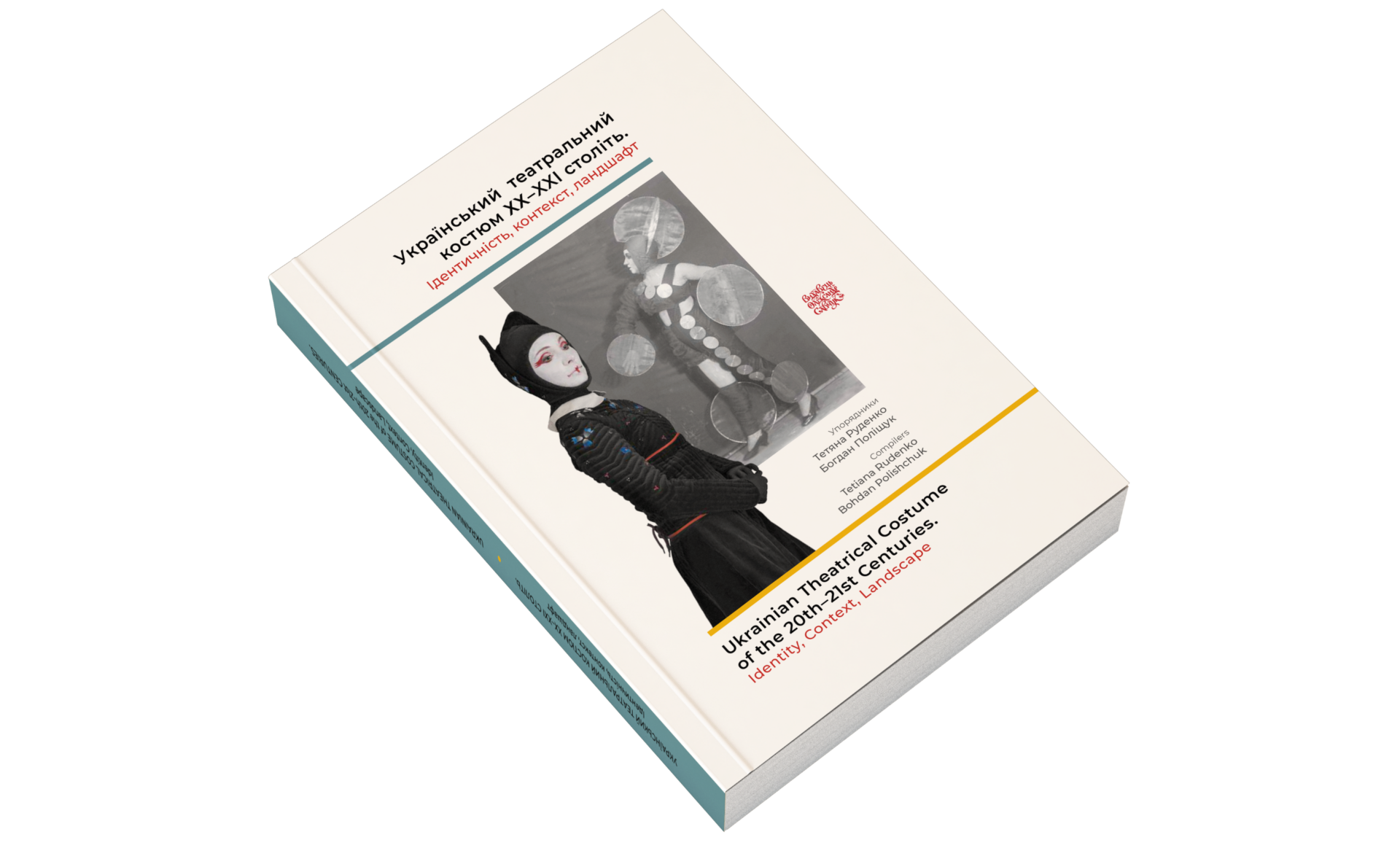
Articles by: B. Zharinov, D. Klochko, Т. Rudenko, B. Polishchuk. Compilers: Т. Rudenko, B. Polishchuk. 2024. Ukrainian theatrical costume of the 20th-21st centuries. Scenography gallery NGO, the Museum of Theatre, Music and Cinema Arts of Ukraine, publisher Oleksandr Savchuk
This publication reveals all the depth and complexity of Ukrainian theater art through the prism of stage costuming, emphasizing its artistic value and social significance. The collection of chronologically arranged articles shows the reader various periods of Ukrainian theater development, in particular during the avant-garde movement, when sketches became an independent genre. As one example of the artistic aspect of sketches, the article’s author Diana Klochko describes the anti-Soviet connotations of sketches, in which the color red is transformed from an imperial symbol to a critical commentary on Soviet policy.
Each chapter demonstrates new facets of theatrical costume art: from the inspiration-driven innovation of Vadym Meller to the modernization of Ukrainian traditions by Anatol Petrytskyi. It also shows the evolution of ideas that influence Ukrainian scenography to this day.
A separate section is devoted to the sketches by Petrytskyi and Meller, notable not only for their skillfulness but also for their innovative approach to movement and dynamics. Meller, for instance, developed sketches for plays and performances by Les Kurbas in which he actively experimented with movement and body plasticity, demonstrating avant-garde freedom as opposed to traditional boundaries. In his way, Petrytskyi modernized Ukrainian art by synthesizing avant-garde practices with national colors, particularly in his exquisite opera sketches, which, according to his contemporaries, he carefully checked during performances.
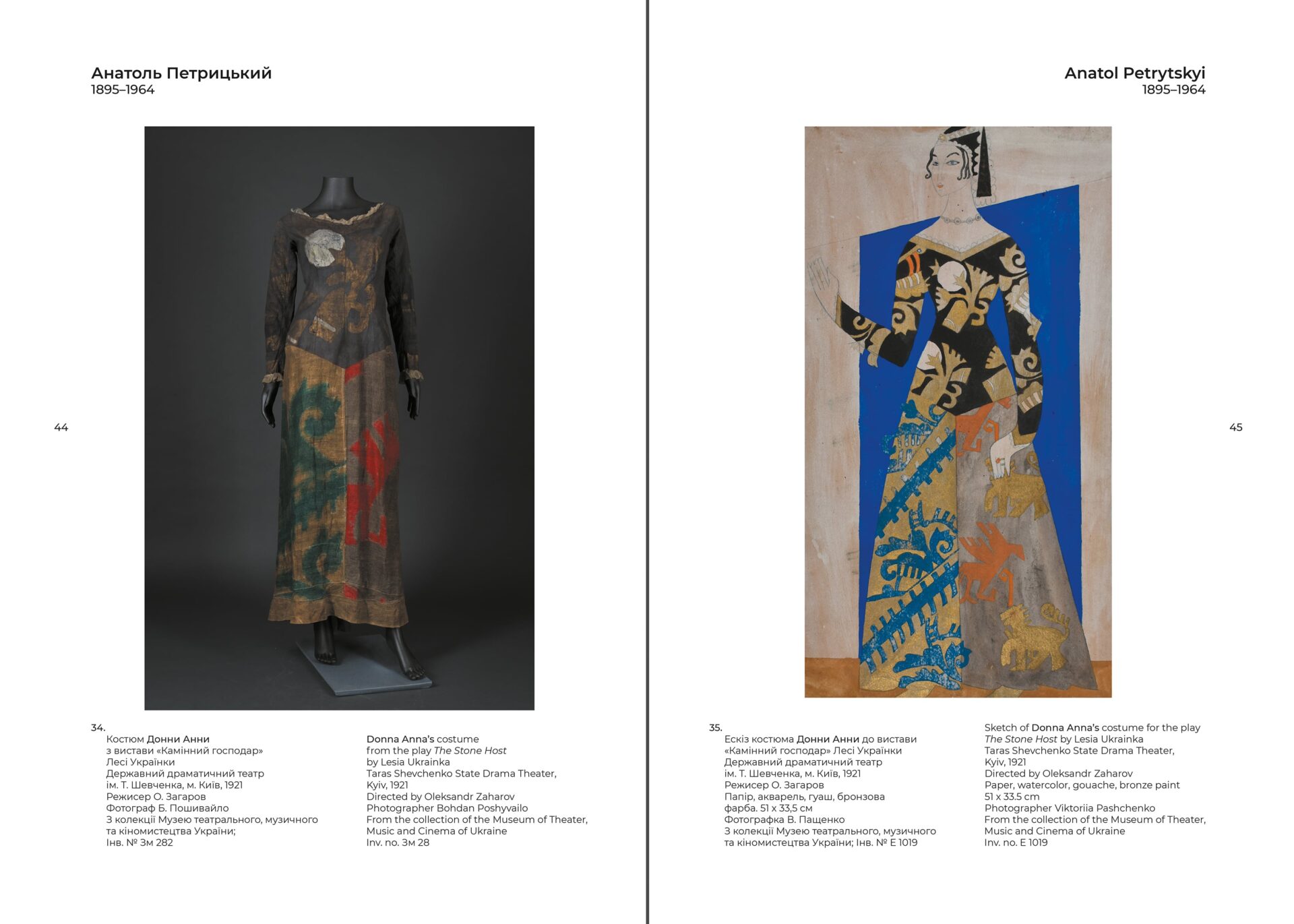
The book presents works by contemporary students, highlighting the connection between generations and the continuity of traditions. All works are carefully documented in photographs, which are included in the publication and also available for viewing on the website of the scenography gallery (NGO), as well as in the collections of the Museum of Theatre, Music and Cinema Arts of Ukraine.
Facades: Kharkiv
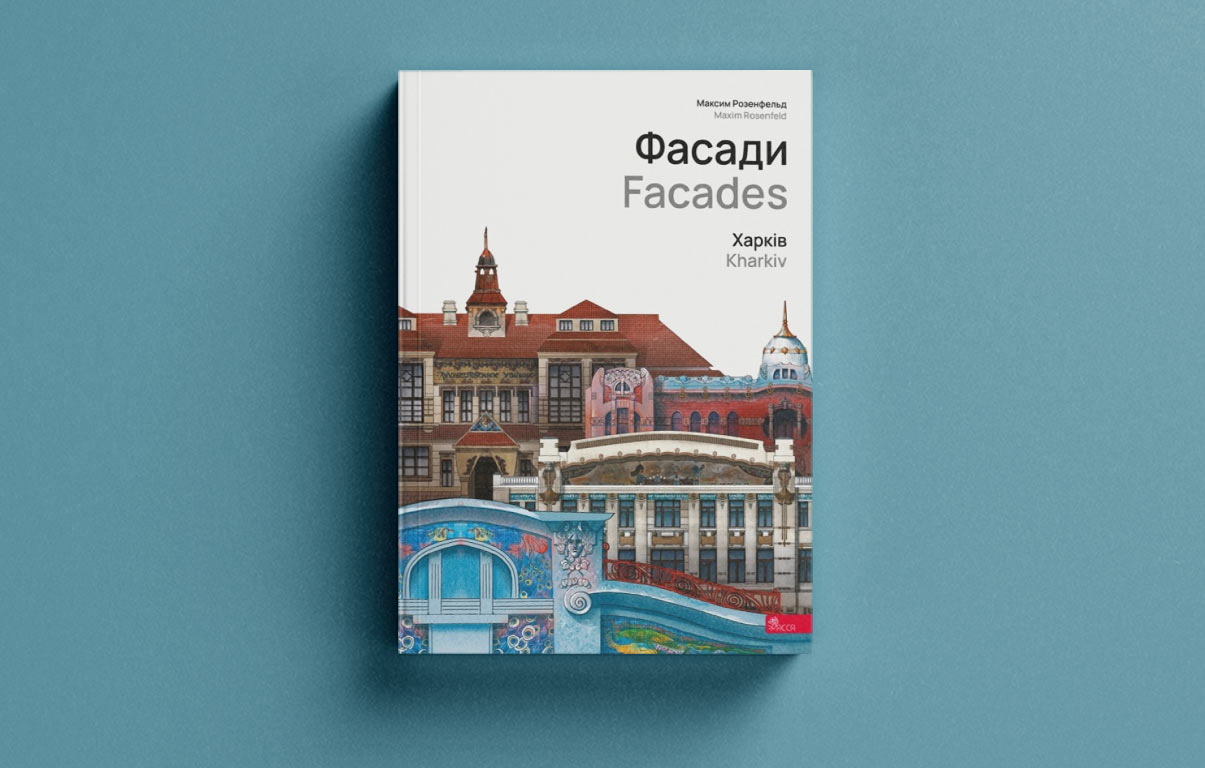
Maxim Rosenfeld. 2024. Facades: Kharkiv. АCCA
“Facades: Kharkiv” by Maxim Rosenfeld is a visual and literary journey through the city’s architectural heritage, preserving the memory of a place that has lost many unique monuments over the course of its history. The publication serves as a living portrait of Kharkiv architecture while contemplating the significance of its cultural identity. Rosenfeld, both author and artist, adopts a personal approach to each subject, highlighting key moments in a building’s life and depicting it in its most iconic state. By emphasizing the loss of architectural landmarks such as Derzhprom, this book becomes an essential link between Kharkiv past and future, reminding us of the power of architectural memory.
The first book was published in 2017 and covered about 50 buildings, but the new version dives deeper. It presents the buildings’ 11 prominent architects, including Alexei Beketov, Moisei Ginzburg, and Alexander Rzhepyshevsky. Rosenfeld elaborates on each one’s style and the influence they had on urban development, demonstrating how their projects became an integral part of Kharkiv’s culture. Many of these buildings still adorn the city’s streets, although they were heavily damaged during the shelling, and the Lutheran Church was completely destroyed, making the book an important archive of cultural identity.
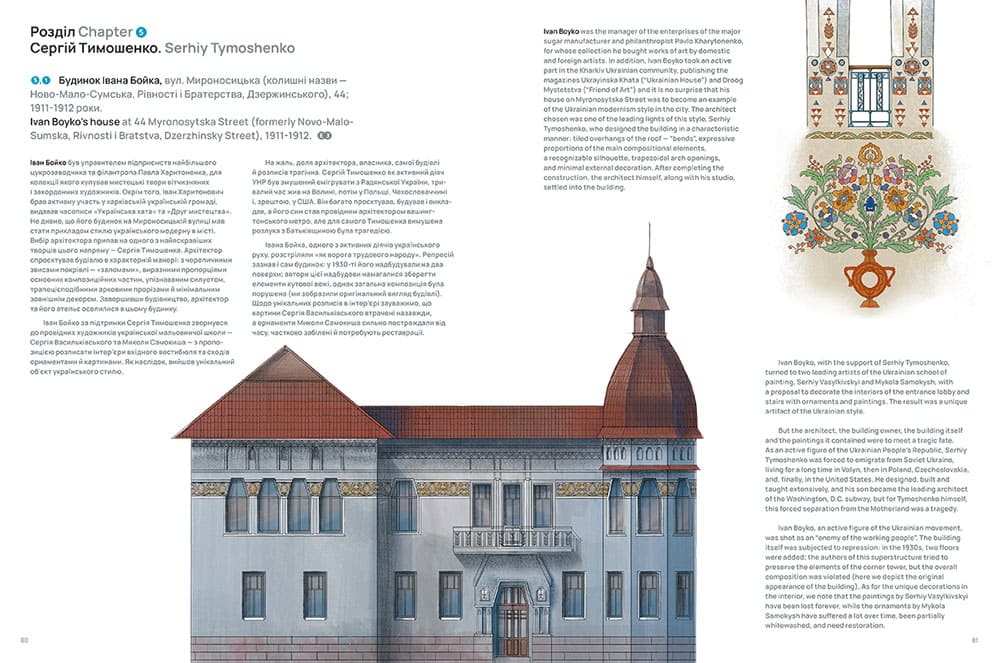
The publication, with texts in both Ukrainian and English, contains detailed graphic reconstructions of buildings from the late 19th and early 20th centuries, as well as interactive maps to help one easily find the items described. “Kharkiv: Facades” invites you to explore the historical heart of Kharkiv, turning an ordinary walk around the city into a fascinating study of its architectural soul.
Mystetskyi Arsenal: The Collection

2024. Mystetskyi Arsenal: The Collection. Mystetskyi Arsenal National Art and Culture Museum Complex
The publication “Mystetskyi Arsenal: The Collection” is a comprehensive collection that reflects the diversity and significance of Ukrainian artistic heritage. The book reveals various aspects of the collections and museum activities, beginning with archaeological artifacts discovered during excavations on the Mystetskyi Arsenal’s grounds and extending to contemporary art, which the museum complex purposefully preserves and researches. These works form a unique collection that demonstrate the diversity of Ukrainian artistic heritage and cultural identity.
This book focuses on the role of the modern museum in Ukraine, its place in society, and discusses how an institution can support cultural development and preserve the memory of the past, as well as how museum collections shape and protect collective identity. This is especially relevant in the context of the war, which has introduced new challenges to museum activities, increasing the importance of security and the digitization of collections.
“Mystetskyi Arsenal: The Collection” not only documents the history and modernity of Ukrainian art but also reminds us of its fundamental role in shaping national memory and countering the threats to cultural heritage.
RELATED: Ukrainian book avant-garde from Delaunay to Ekster
The publication is a part of the “Chytomo Picks: Classics and New Books from Ukraine” project. The materials have been prepared with the assistance of the Ukrainian Book Institute at the expense of the state budget. The author’s opinion may not coincide with the official position of the Ukrainian Book Institute.
Translation: Iryna Savyuk
Copy editing: Sheri Liguori
This publication is sponsored by the Chytomo’s Patreon community

